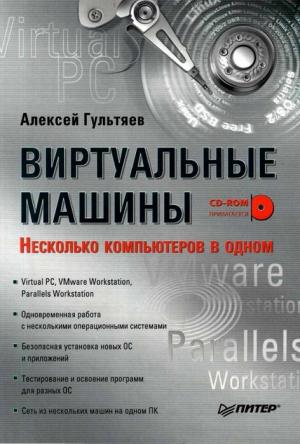
Аннотация
Welcome to CCNA 200-301 Portable Command Guide! As most of you know, Cisco has announced a complete revamp and update to its certifications. What you have here is the latest Portable Command Guide as part of these new outcomes and exams. For someone who originally thought that this book would be less than 100 pages in length and limited to the Cisco Networking Academy program for its complete audience, I am continually amazed that my little engineering journal has caught on with such a wide range of people throughout the IT community.
I have long been a fan of what I call the “engineering journal,” a small notebook that can be carried around and that contains little nuggets of information—commands that you forget, the IP addressing scheme of some remote part of the network, little reminders about how to do something you only have to do once or twice a year (but is vital to the integrity and maintenance of your network). This journal has been a constant companion by my side for the past 20 years; I only teach some of these concepts every second or third year, so I constantly need to refresh commands and concepts and learn new commands and ideas as Cisco releases them. My journals are the best way for me to review because they are written in my own words (words that I can understand). At least, I had better understand them because if I can’t, I have only myself to blame.
My first published engineering journal was the CCNA Quick Command Guide; it was organized to match the (then) order of the Cisco Networking Academy program. That book then morphed into the Portable Command Guide, the fifth edition of which you are reading right now. This book is my “industry” edition of the engineering journal. It contains a different logical flow to the topics, one more suited to someone working in the field. Like topics are grouped together: routing protocols, switches, troubleshooting. More complex examples are given. IPv6 has now been integrated directly into the content chapters themselves. IPv6 is not something new that can be introduced in a separate chapter; it is part of network designs all around the globe, and we need to be as comfortable with it as we are with IPv4. The popular “Create Your Own Journal” appendix is still here (blank pages for you to add in your own commands that you need in your specific job). We all recognize the fact that no network administrator’s job can be so easily pigeonholed as to just working with CCNA topics; you all have your own specific jobs and duties assigned to you. That is why you will find those blank pages at the end of the book. Make this book your own; personalize it with what you need to make it more effective. This way your journal will not look like mine.


![Как стать лидером мнений среди премиальной аудитории Телеграма? Сколько зарабатывают авторы политических каналов? Какие политтехнологии реализуются на... «Запрещённый» Телеграм [Путеводитель по самому скандальному интернет-мессенджеру [publisher: SelfPub.ru]](https://www.rulit.me/data/programs/images/zapreshchyonnyj-telegram-putevoditel-po-samomu-skandalnomu-i_558032.jpg)





Комментарии к книге "CCNA 200-301 Portable Command Guide"